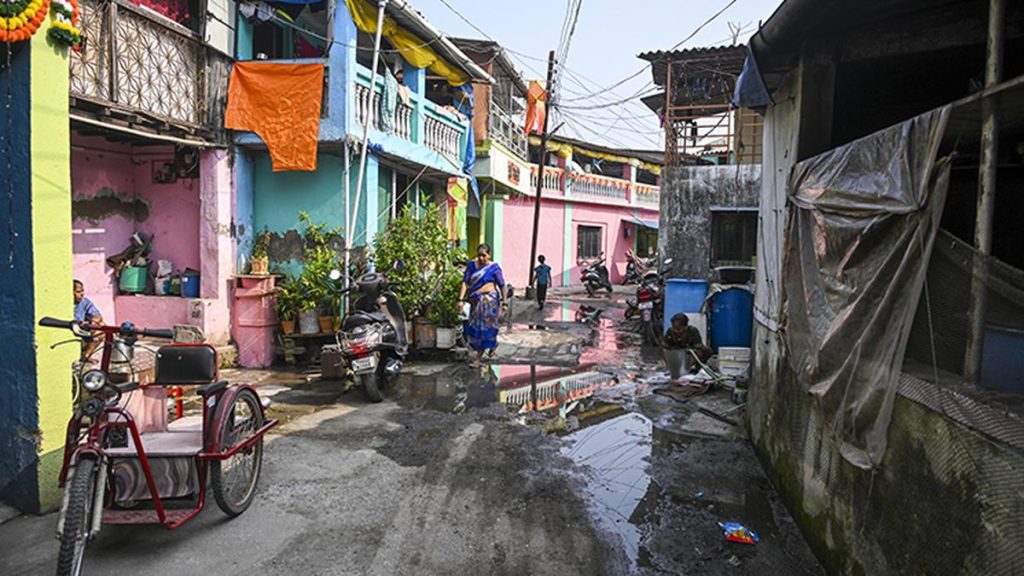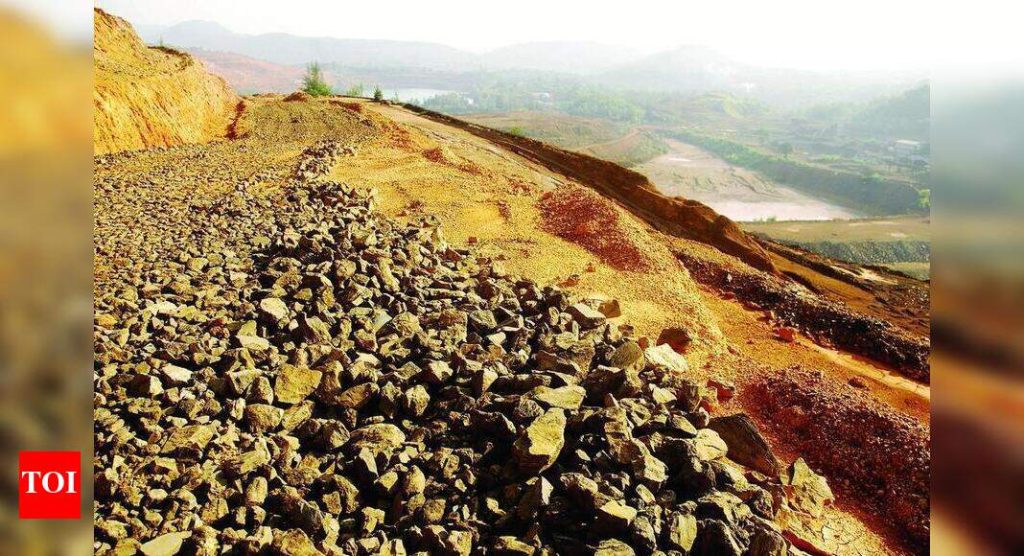Now Reading: Archaeologists Uncover One of the World’s Oldest Cities
-
01
Archaeologists Uncover One of the World’s Oldest Cities
Archaeologists Uncover One of the World’s Oldest Cities

Quick Summary
- Historical Context: Eridu, located in present-day Iraq, is considered the earliest city established by the Sumerians, one of the world’s oldest civilizations.
- Initial Discovery: Excavated first in 1854 by British official John George Taylor, initial findings included walls, drainage systems, mosaic cones on limestone columns, and a black granite lion statue. Despite its importance later recognized as Eridu’s remains, Taylor initially dismissed its importance.
- Significance of Eridu: Known from Sumerian King List as the first city to host kingship after it “descended from heaven.” It was home to Enki temple-the largest shrine worshiping water and wisdom deity-which attracted pilgrims across Mesopotamia.
- Further Excavations: After Iraq gained independence (1932), archaeologists Fuad Safar and Seton Lloyd began large-scale excavations in 1946. Uncovered an unfinished ziggurat tied to Ur III dynasty (21st century B.C.) atop older urban levels dating back to Ubaid period (5300-3800 B.C.).
- Temple Evolution: The Temple of Enki saw repeated reconstruction over two millennia before transitioning to monumental architecture around 3300 B.C., reflecting rising social hierarchies.
- Current State & Future Plans: There is interest today-despite regional instability-from Italian and French archaeologists hoping to resume explorations at Eridu.
Images:
- Model of a skiff from fourth millennium B.C.
- Reconstruction drawing depicting what Eridu might have looked like circa 3300 B.C., centered around Enki’s temple
Indian Opinion Analysis
Eridu’s discovery offers profound historical insights relevant not only globally but also for regions like India that share links with ancient civilization studies through trade routes and cultural exchanges spanning millennia. The multi-layered archaeological evidence demonstrates how cities evolve physically alongside socio-religious structures-a key lesson for understanding similar dynamics within regions such as Indus Valley Civilization.
The uncovering of reconstructed temples highlights human ingenuity in adapting architectural practices over centuries while fostering organized societies through centralized religious systems-a study deeply mirrored in India’s own historic temples evolving alongside societal progressions.
India may derive valuable lessons about heritage conservation here; safeguarding archaeological sites amid development pressures showcases parallels with preserving Harappan remnants or Vedic relics locally amid modernization drives-underscoring shared challenges critical for global historical stewardship cooperation.




























